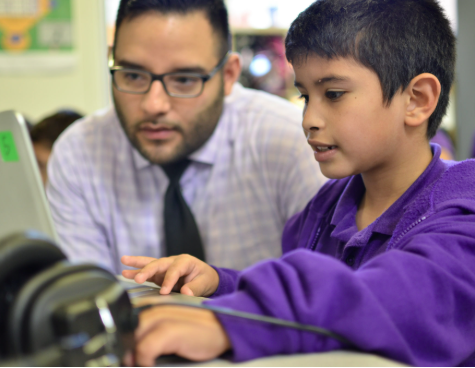In 2025, data has become a powerful ally in shaping personalized learning environments that adapt to each student’s unique strengths and needs. By leveraging meaningful data insights, educators can design more effective lessons, provide timely interventions, and empower students to take ownership of their learning journey. When used thoughtfully, data enhances the personalized learning experience without compromising trust or privacy.
The Role of Data in Personalized Learning
Personalized learning thrives on a deep understanding of student performance, preferences, and progress. Data provides this foundation by offering educators a clearer picture of how each learner is engaging with content. From academic scores and participation trends to feedback and goal tracking, different types of data can inform and refine instructional strategies.
Types of Data That Support Personalization
- Formative Assessment Results
Regular, low-stakes assessments help teachers identify knowledge gaps and adjust instruction in real time. - Student Reflections and Surveys
Self-reported insights allow students to share their interests, learning preferences, and comfort levels with various tasks. - Engagement Metrics
Data from digital tools—such as time spent on tasks or click patterns—can highlight areas of strong interest or challenge. - Progress Monitoring Tools
Dashboards and tracking systems help both teachers and students view academic growth over time. - Behavioral and Attendance Trends
Observing when and how students participate can reveal external factors affecting learning and help guide supportive interventions.
How Educators Use Data to Personalize Learning
- Grouping and Differentiation: Teachers can use data to create flexible learning groups based on skill level or interests.
- Customized Learning Paths: Insights from student performance help design varied pathways and content suited to individual goals.
- Timely Interventions: Real-time alerts and feedback allow for quicker responses when students need extra help or encouragement.
- Goal Setting and Reflection: Students can use data to track their own progress, set realistic goals, and build self-awareness.
Ensuring Ethical and Effective Use
To make the most of data in personalized learning, educators must use it ethically and transparently. Key considerations include:
- Protecting Student Privacy: Use only secure platforms and communicate clearly with families about how data is used.
- Avoiding Over-Reliance on Numbers: Data should guide decisions, not replace the professional judgment of teachers.
- Promoting Equity: Ensure that all students benefit from data-driven insights, especially those from historically underserved groups.
The Future of Data-Informed Learning
As tools for collecting and analyzing data become more advanced, the opportunity to enhance learning outcomes grows. Schools that use data strategically—not just to measure performance, but to support growth—are better positioned to meet the diverse needs of their learners.
In 2025 and beyond, the thoughtful integration of data into personalized learning practices will continue to support student achievement, build confidence, and promote meaningful educational experiences for all.














